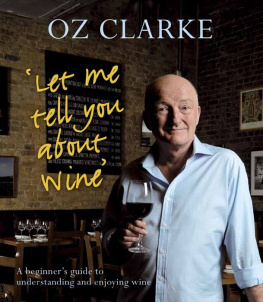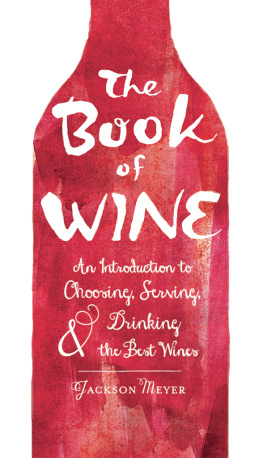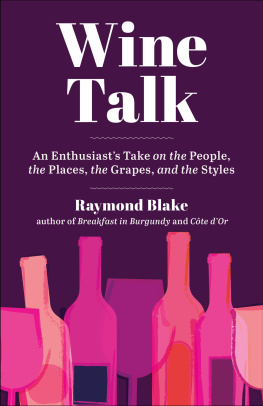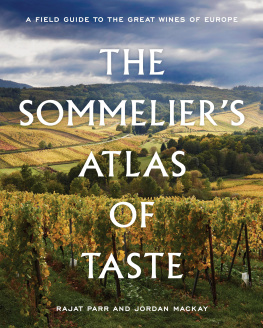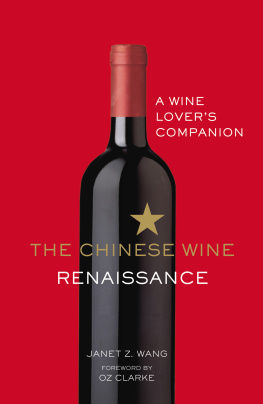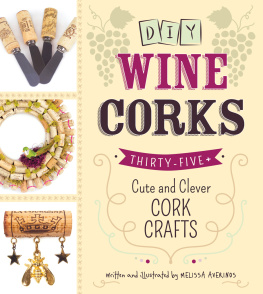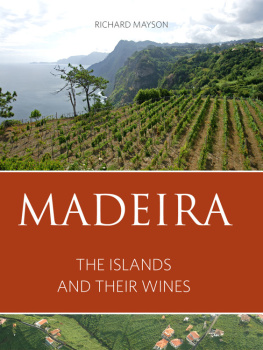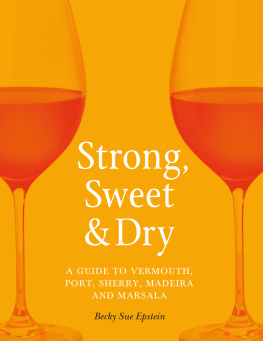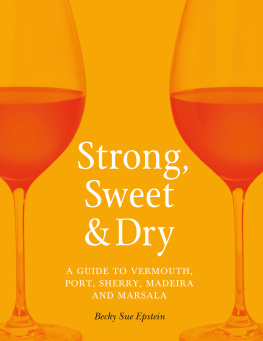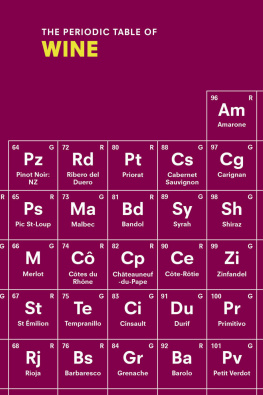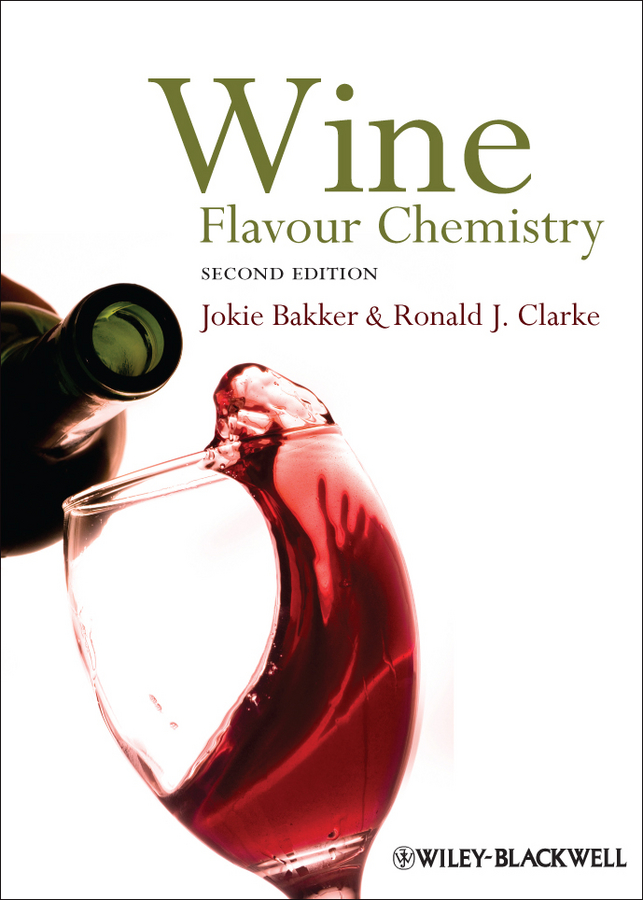
This edition first published 2012 2004, 2012 by Blackwell Publishing Ltd.
Blackwell Publishing was acquired by John Wiley & Sons in February 2007. Blackwells publishing program has been merged with Wileys global Scientific, Technical and Medical business to form Wiley-Blackwell.
Registered Office
John Wiley & Sons, Ltd, The Atrium, Southern Gate, Chichester, West Sussex,
PO19 8SQ, UK
Editorial Offices
9600 Garsington Road, Oxford, OX4 2DQ, UK
The Atrium, Southern Gate, Chichester, West Sussex, PO19 8SQ, UK
2121 State Avenue, Ames, Iowa 50014-8300, USA
For details of our global editorial offices, for customer services and for information about how to apply for permission to reuse the copyright material in this book please see our website at www.wiley.com/wiley-blackwell.
The right of the author to be identified as the author of this work has been asserted in accordance with the UK Copyright, Designs and Patents Act 1988.
All rights reserved. No part of this publication may be reproduced, stored in a retrieval system, or transmitted, in any form or by any means, electronic, mechanical, photocopying, recording or otherwise, except as permitted by the UK Copyright, Designs and Patents Act 1988, without the prior permission of the publisher.
Designations used by companies to distinguish their products are often claimed as trademarks. All brand names and product names used in this book are trade names, service marks, trademarks or registered trademarks of their respective owners. The publisher is not associated with any product or vendor mentioned in this book. This publication is designed to provide accurate and authoritative information in regard to the subject matter covered. It is sold on the understanding that the publisher is not engaged in rendering professional services. If professional advice or other expert assistance is required, the services of a competent professional should be sought.
Library of Congress Cataloging-in-Publication Data
Bakker, Jokie.
Wine flavour chemistry / Jokie Bakker, Ronald J. Clarke.
p. cm.
Clarkes name appears first on the earlier edition.
Includes bibliographical references and index.
ISBN 978-1-4443-3042-7 (hardcover : alk. paper) 1. WineFlavor and odor.
2. WineChemistry. I. Clarke, R. J. (Ronald James) II. Title.
TP548.5.F55C53 2004
663.2dc23
2011014370
A catalogue record for this book is available from the British Library.
This book is published in the following electronic formats: ePDF [9781444345995]; Wiley Online Library [9781444346022]; ePub [9781444346008]; Mobi [9781444346015]
Preface to the Second Edition
Wine is primarily consumed for pleasure, and despite some attributed health benefits, it does not form an essential part of our diet. Therefore the sensory properties of wines are considered very important and the appreciation of its flavour arguably gives the wine drinker most pleasure. The wine is bought for its appeal in the bottle, for the knowledge the wine drinker has about the sensory properties and the anticipated enjoyment of consuming the wine. After evaluating the colour of the wine in the glass, most wine consumers will smell the wine, and judge its qualities. The release of flavours from wine continues when drinking the wine, and gives further flavour sensations in addition to the perception of many other taste and mouthfeel compounds that should be present in balanced amounts in the wine. There is a very wide range of well made wines available, so if a wine does not deliver the flavour the wine drinker desires and appreciates, a different choice can be made for the next occasion. Since wine flavour plays such a crucial role in wine, this makes a book devoted to Wine Flavour Chemistry particularly relevant.
The technological advances in viticulture, wine-making and the resulting improved wine flavours have been based upon the scientific exploration of vines, grapes and wines, their constituents, their chemistry and all aspects of the wine-making process by scientists in many disciplines in research establishments world-wide. The understanding of flavour chemistry and its perception is determined by numerous scientific disciplines, ranging from chemistry and laws of physics to human physiology. Since the first edition of Wine Flavour Chemistry more research has become available on wine flavours, with new compounds still being identified. In addition, scientists place much emphasis on determining the potential sensory contributions of flavour compounds in wine, making flavour information as relevant as possible. Advantageous in all research dealing with flavours is the increased scientific understanding of the perception of volatiles and the award of the Nobel Prize for Physiology and Medicine in 2004 to Richard Buck & Linda Axel for their pioneering research on the genetics of the perception of odour (ref. in Chapter 4) has given great impetuous to this research field.
Although aspects of wine-making may always remain an art, such as the numerous choices to be made in the wine production process in order to optimize the wine flavour, science has definitely got a very sound and well deserved foothold in the wine making industry. Many highly trained and skilled wine makers work in the wine industry, helping to adapt advances in wine science in order to successfully influence wine making and ultimately wine flavour. All wine drinkers benefit from the well made wines with a wide range of wine flavours available nowadays. This updated book, Wine Flavour Chemistry may attract many different readers interested in wine, ranging from wine consumers, students, academics and people working in the wine industry. Information has been gathered from scientific research, review papers and books to update this comprehensive overview of the subject.
I wish to express my grateful thanks to all the scientists who have kindly shared their research information, which was of invaluable help in preparing this updated book.
Jokie Bakker MSc (Wageningen), PhD (Bristol)
Preface to the First Edition
This volume on wine flavour chemistry has been in gestation for many years; an original draft was started some ten years ago. A number of events led to our renewed interest in getting this book published. First, in the UK, wine has become a drink enjoyed by many consumers at numerous occasions, whereas previously, wine tended to be a drink shrouded by mystique and enjoyed mainly by more knowledgeable people. In contrast, in countries where wine production has been established for a long time, a long-standing culture of wine consumption, mainly with meals, has been established. Since there are now many people in the UK as well as in other areas of the world interested in consuming wines there is also an increased quest for knowledge about wine, making a book focused on the flavour and its chemistry particularly pertinent. Second, during the last two decades, there has been an enormous development in knowledge about viticulture and the technology of wine making worldwide. This has resulted in a much-improved wine quality. Third, many new wine regions have been established. These have not been inhibited by cultural pre-conceptions about wine production, and have experimented in many different ways, pushing the boundaries of both viticulture and wine making. Fourth, financial investments in vineyards and wineries, hand in hand with generally vastly improved wine production skills, have given an array of wine flavours from grapes, which wine-makers in the past could barely have believed possible. The cultivation and production of single variety/cultivar wines have given consumers an insight into the many flavours possible in wines. Of course, the technological advances in viticulture and wine making have been based upon the scientific exploration of grapes and wines, their constituents and their chemistry, by scientists in many disciplines worldwide. Advances in analytical laboratory instruments have proven to be a great help. For example, mass spectrometers have, over the last ten years, become much more sensitive, much smaller, much cheaper and easier to use. This has resulted in an explosion of new data regarding the volatile compounds of wine. Numerous other advances in analytical techniques have aided the quest for knowledge about wine flavour, colour and taste. Interestingly, alongside these technological advances has been the development of sensory science. There is now an array of scientifically based sensory analytical techniques allowing scientists to determine our perception of wine, including the measurements of differences between wines and descriptions of sensory properties.


